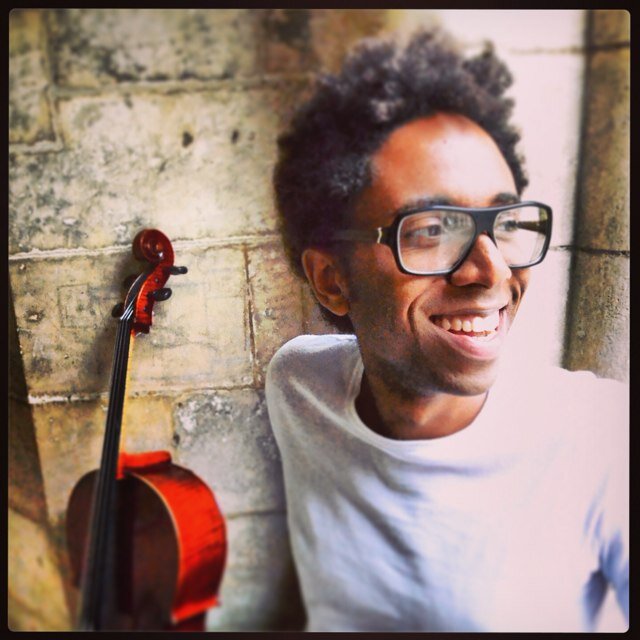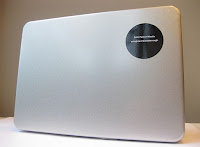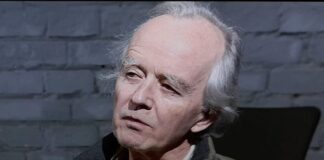Playing an instrument is, among other things, an action. At a fundamental level, a performance involves a sequence of purposive gestures—a set of intentions embodied in certain movements of the body directed toward the creation of sound. Whether realizing a score or improvising, the performer is engaged in a kind of intelligent choreography involving him or her in a physical exchange with the instrument. As performers and listeners, we often take this physical dimension for granted; notably, though, some musicians have taken it as a conscious point of departure for their own ways of making music.
Cellist Seth Parker Woods, for one, is as interested in the physical motions that produce sound as he is interested in the sounds they produce. On asinglewordisnotenough [Confront Recordings, ccs 69], his compelling first solo release, his concern with the gesture as the engine of sound is reflected in the music.
Woods, now based in Chicago, spent six years studying and working in Europe. He obtained his doctorate at the University of Huddersfield, UK, where the four pieces contained on this CD were recorded this past summer. In addition to his musical training, Woods took classes in dance and studied contact improvisation and yoga. From this he derived an interest in foregrounding what he calls the “choreographic performance” involved in playing the cello.
This interest comes out most explicitly on the first track, composer Edward Hamel’s Gray Neon Life (2012) for solo cello and voice. The composition focuses on movement, leaving pitches unspecified; the basic musical unit is the gesture. The rising and falling dynamics and stop-start momentum of the piece tell as much about changes in arm weight and directions of motion as they do of Woods’ specific choices of pitches and sounds. George Lewis’ Not Alone for solo cello and electronics (2014-2015), which is dedicated to free jazz cellist Abdul Wadud, takes Woods’ energetic, gestural vocabulary and replicates and distorts it through electronic processing. Enmeshed 3 (2013), by composer Michael Clarke, is a work of interstices that uses granular synthesis to insert discrepancies in timbre or in time between Woods’ live interaction with the cello and the sound subsequently issuing from it. The title track, composed in 2015 by Pierre Alexandre Tremblay, differs from the others in being a densely-textured piece bringing the cello into dialogue with a fixed, sometimes harsh, sometimes Minimalistic, electronic soundtrack. But as with the other pieces, it calls on Woods to imagine the cello as a site for dramatic physical movement.








